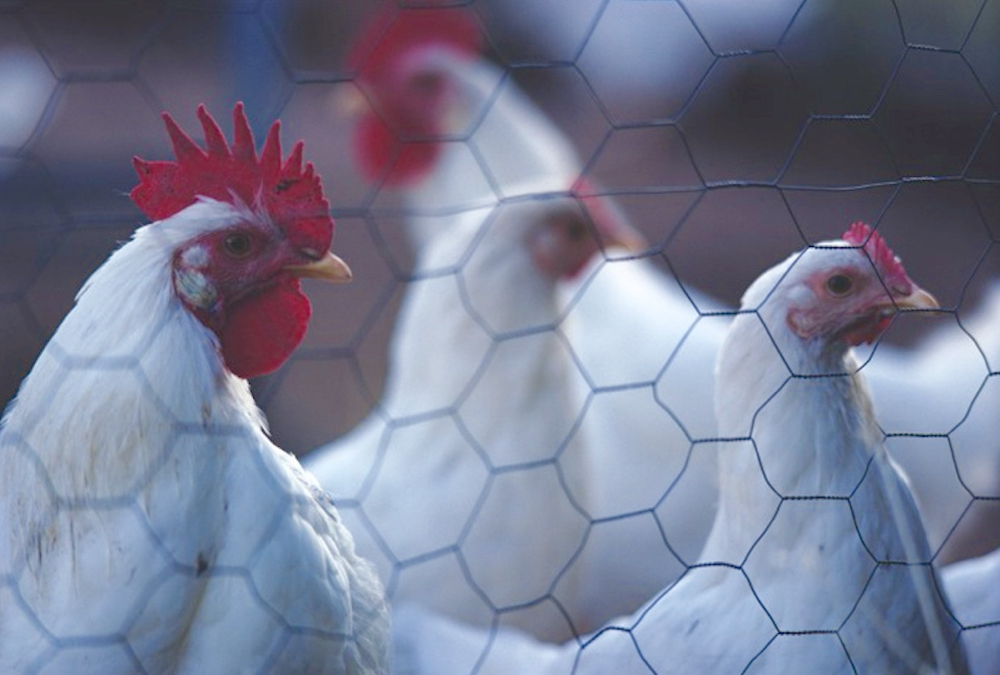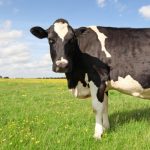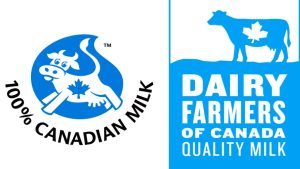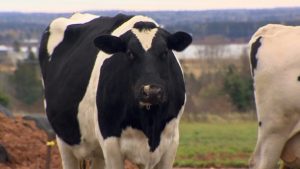
Research collaboration studying interactions between farm practices and environment, wildlife and biosecurity to help fight highly pathogenic avian influenza.
Much is unknown about avian influenza. Claire Jardine, an associate pathology professor at the University of Guelph, hopes her research can close some of the knowledge gaps.
Why it matters: Greater understanding of HPAI transmission can help farmers minimize the risk on their farms.
As Jardine explained at the recent Poultry Industry Council Research Impacts Day in Elora, everything is interconnected. Avian influenza can infect raptors, scavenging crows, foxes, cats, dairy cattle and other mammals.
“We need to rethink the complexity of the transmission cycle,” she said.
The zoonotic potential to affect humans, while low, is of high importance, she added.
Avian influenza is caused by influenza A viruses and can be classified as low pathogenic or highly pathogenic, depending on ability to cause disease and mortality in poultry.
The current virus of concern is a highly pathogenic H5N1 strain that arrived in Ontario in March 2022.
The strain originated in Asia, moved through Europe, and is thought to have arrived in North America via Iceland, where migratory European and North American birds crossed paths.
As for localized spread, Jardine’s research is looking at how interactions between wildlife, the environment, domestic poultry and biosecurity practices could lead to infection on the farm. Wild animals don’t typically enter poultry barns, but contaminated surfaces, workers and equipment may be involved in spreading the virus.
Understanding the transmission of avian flu required cooperation among an extensive team of researchers, including the Canadian Food Inspection Agency, Canadian Wildlife Health Cooperative, Environment and Climate Change Canada, Feather Board Command Centre, OMAFRA, Ontario Ministry of Natural Resources and Forestry, Sunnybrook Health Sciences Centre, University of Toronto, Turkey Farmers of Ontario, University of Guelph, Animal Health Laboratory and University of Montreal.
Jardine’s research began in January and is comprised of three objectives. Preliminary results are expected by March 2025.
The first objective is to retrospectively compare management and biosecurity practices from farms infected with HPAI in 2022-23 with farms that were not. Using a standard biosecurity questionnaire, risk factors that may have played a role in the introduction and spread could be identified.
A second objective is to identify how the ecosystem and wildlife interactions on the farm differ in infected and non-infected premises, and identify wild species that may have transmitted or maintained the virus at those locations.
The third component involves wildlife and environmental sampling for the presence of the virus when there is an active infected premise. Samples will also be taken at other wildlife locations within 10 kilometres of that premise.
Wildlife surveys will include bird song meters, visual counts and trail cameras to identify common birds and mammals in the area. Wildlife will be sampled to provide researchers with swabs and blood for serological testing that could provide evidence of exposure.
The genetic characteristics of HPAI viruses found in wildlife and poultry will be compared to see if the source of the infection can be identified.
“This research will improve our understanding of how HPAI is introduced and spread in the farm environment,” said Jardine. Her research is concentrating on Ontario but other groups are doing similar work across Canada.
When the results are in, producer participants will be able to compare questionnaire findings with benchmark scores and use that information to mitigate HPAI risk on their farms.
Jardine said if producers find dead wildlife on their farm, they can call the Canadian Wildlife Health Cooperative at 866-673-4781 or email on-nu@cwhc-rcsf.ca to report it.
This research is funded by the Ontario Agri-Food Innovation Alliance, a collaboration between the Government of Ontario and the University of Guelph with in-kind support from many of the partners.
You can now read the most important #news on #eDairyNews #Whatsapp channels!!!
🇺🇸 eDairy News INGLÊS: https://whatsapp.com/channel/0029VaKsjzGDTkJyIN6hcP1K






















